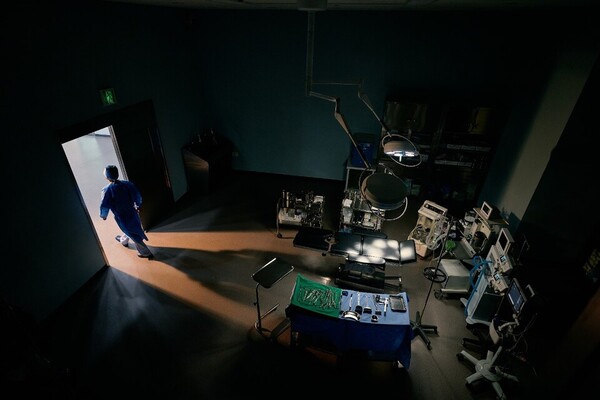There is a severe shortage of doctors at national hospitals.
In the past three years, the hospital posted more than 4,000 doctor job openings. However, the application and hiring rates have remained below 50 percent, as hospitals could not employ all applicants.

According to the “Recruitment Status of Doctors for the Last Three Years” report submitted to Rep. Baek Seung-ah of the opposition Democratic Party of Korea (DPK) by 15 national university hospitals, 4,356 recruitment announcements for 8,261 doctors were posted from 2022 to Aug. 31 this year, but the number of applicants totaled only 4,089, resulting in a 49.5 percent application rate. This figure excluded trainee doctors.
The data showed that the hospitals hired 3,588 applicants, but only 1,963 are currently working.
Gyeongsang National University Hospital recruited 390 doctors through 280 announcements over the past three years. Still, only 73 candidates applied, recording the lowest application rate among all national hospitals, with 18.7 percent.
Other hospitals with similarly low application rates were Gyeongsang National University Changwon Hospital at 22.2 percent, Kangwon National University Hospital at 24.4 percent, Jeju National University Hospital at 26.5 percent, and Chungnam National University Hospital at 28.8 percent.
Seoul National University Hospital had the highest application rate. It recruited 1,910 doctors through 591 announcements, and 1,412 candidates applied for a 73.9 percent application rate.
Except for national hospitals in Seoul, Busan, South Jeolla Province, and North Jeolla Province, national university hospitals in Gangwon Province, South Gyeongsang Province, Daegu, North Gyeongsang Province, South Chungcheong Province, and North Chungcheong Province all recorded an application rate of below 50 percent.
The total number of physician positions at all national university hospitals was 4,821, or 51.7 percent of the 9,333 capacity. Excluding trainee doctors, there are 4,430 physicians out of a total capacity of 5,638, and the rate of physicians already secured increases to 85.5 percent.
The opposition lawmaker pointed out that the low rate of physician recruitment at national university hospitals and the resulting chronic shortage of doctors will adversely affect regional public healthcare and the training of medical students.
“If left as it is, even if the government increases the number of medical students, they may graduate from provincial medical schools and leave there without staying at university hospitals,” Rep. Baek said. “It is necessary to take concrete measures to secure regional and essential medical care as well as support for national university hospitals so that talented medical professionals can stay at national university hospitals.”
Related articles
- 40% of Koreans think government should not increase medical students by 2000 next year
- 2026 medical school admissions at risk, warns resigned doctors' representative
- 30% of gynecologists over 60, with rural areas facing critical shortages in Korea
- National university hospitals face ₩400 bil. loss amid mass resignation of trainee doctors
- Yoon vows to complete healthcare reform by pouring over ₩30 tril. in 5 years
- Government is recruiting trainee doctors despite the prolonged medical turmoil
- Mass exodus of professors cripples regional healthcare, leaving patients in crisis

